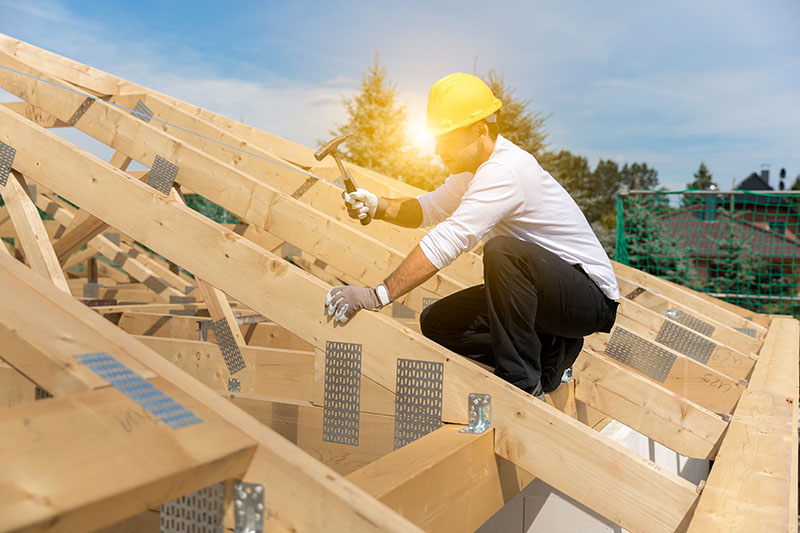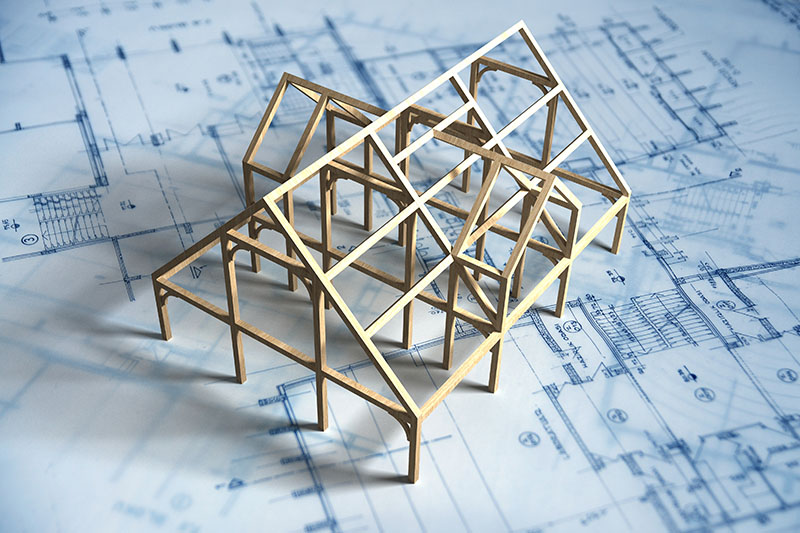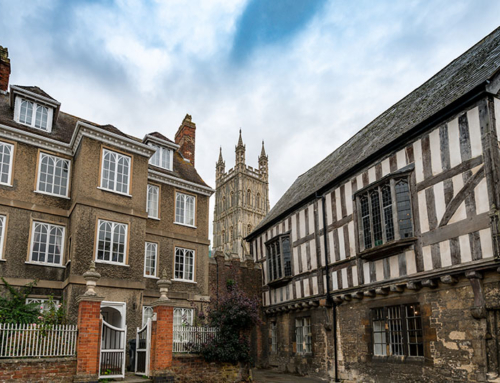On Monday the 27th of June, the government opened applications for its new ‘Help to Build’ equity loans. Backed by £140m in government funding, the scheme will grant loans for land and building costs, with builders being required to contribute a 5% deposit.

Set to end in 2026, the four-year scheme is designed to support those who are currently priced out of self-building due to the large upfront costs. In this week’s blog, we’re exploring what the plan entails and how it will benefit aspiring self builders.
What is Help to Build?
Help to Build enables you to apply for an equity loan of between 5% and 20% of the total estimated land and build cost (up to 40% in London), which is interest-free for five years. The loan must be repaid at the end of the term (normally 25 years), and there’s a £1 monthly management fee for the life of the loan.
You’ll only start to pay interest on the equity loan from year six. Payback amounts will be calculated on the value of your home at the point of sale – so if this rises then so will the amount you owe on the loan.
The scheme will utilise a £150 million fund from the government. This allows for low-deposit mortgages through equity loans on self and custom build homes – similar to the Help to Buy scheme.
How will the loan benefit individuals?
The loan will make it easier for people to build or commission their own homes. It will also promote a more diverse housing market with more real choice and control for consumers.
Help to Build makes it more practical and accessible than ever before for people to build their dream home. For example, homeworkers will be able to construct extra office space and houses could be customised for specific family requirements, including caring for disabled or older people.

How Will Help to Build Work?
These are the scheme’s key points:
- You’ll need a deposit of at least 5% for the equity loan – as well as a self build mortgage to pay for the land and build phase
- You can spend up to £600,000 on your new home – which must include the cost of the land, if you don’t already own it, and no more than £400,000 on the cost to build it
- You’ll have 3 years to buy the land (if needed) and build your home upon being offered an equity loan
- Your mortgage lender will release funds to you at various stages of the build until your home is finished.
- When do you pay the loan fees? You only get your equity loan and start to pay fees for it after you’ve built your home
- What happens upon completion? Upon build completion, the government will pay your mortgage lender the equity loan amount offered to you, and your self build mortgage will automatically switch to a repayment mortgage.
Targetfollow
The Help to Build scheme could open up a range of opportunities and provide financial assistance to a generation of aspiring self builders. This innovative loan will help remove obstacles to homeownership, generate new employment, boost the construction sector and spark a custom build revolution.
For more of the latest news regarding property, retail and asset management – be sure to follow Targetfollow on Facebook, Twitter and LinkedIn.





